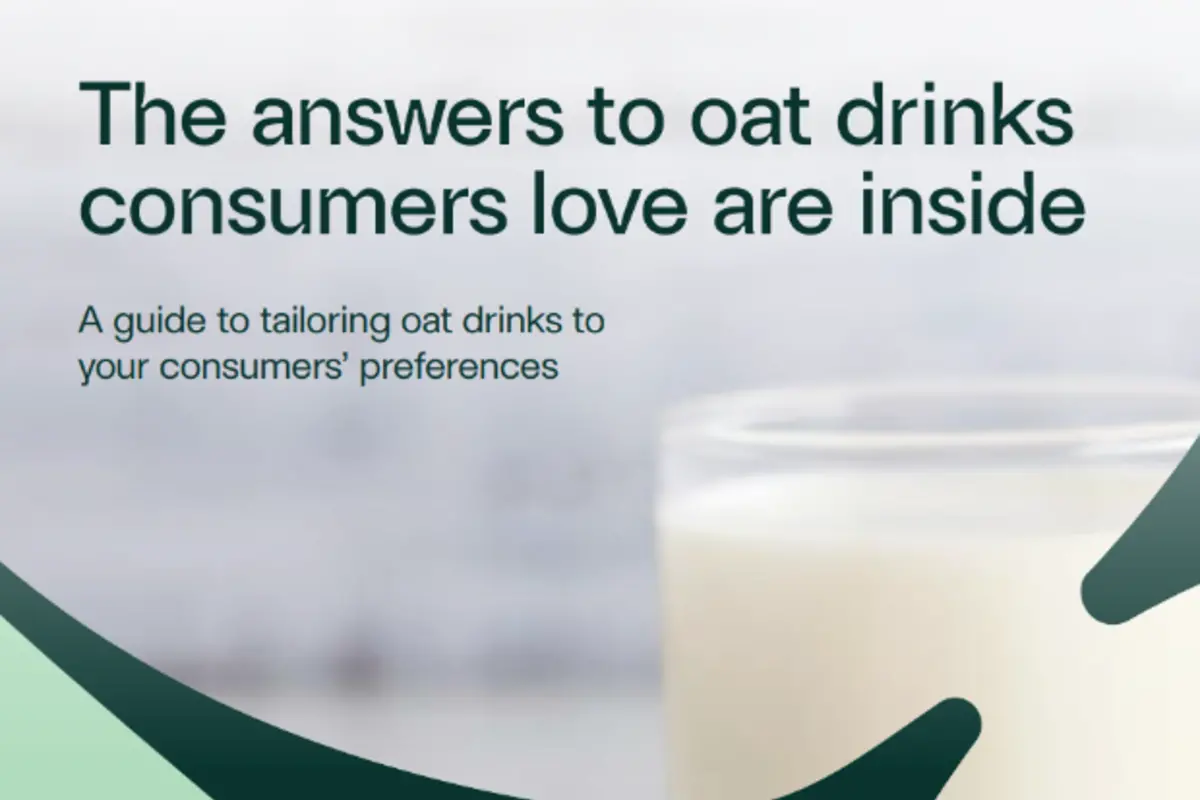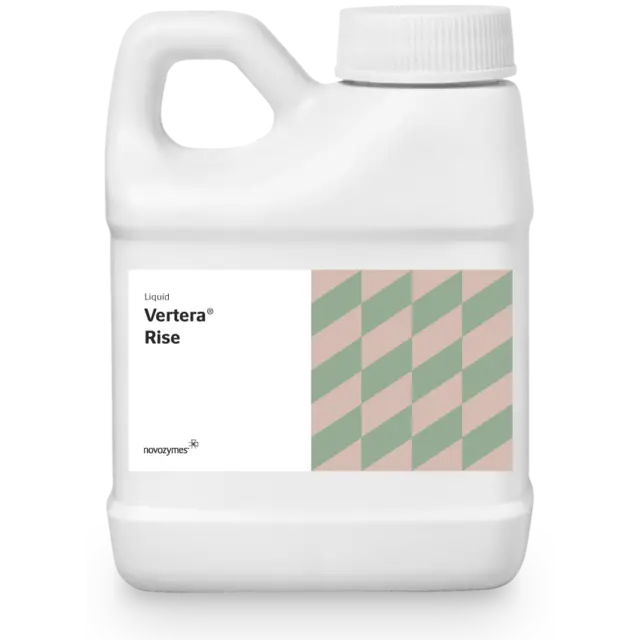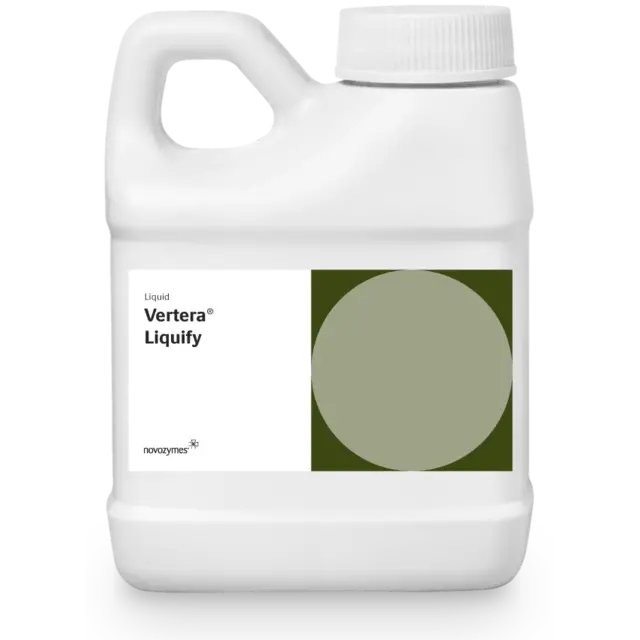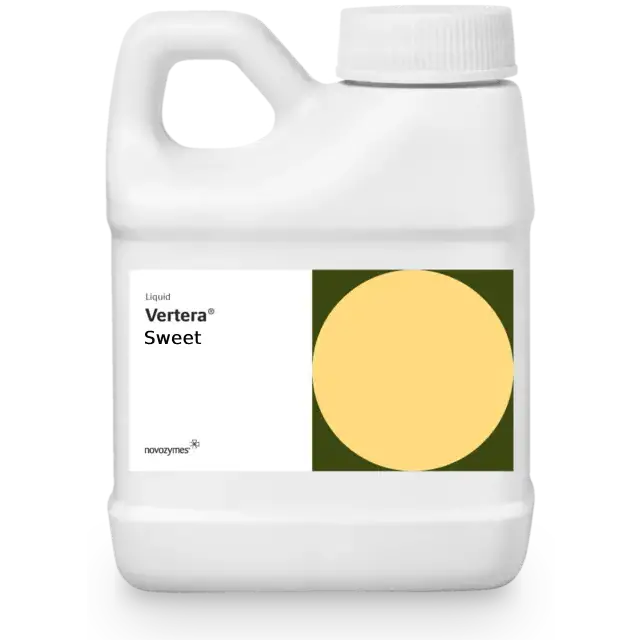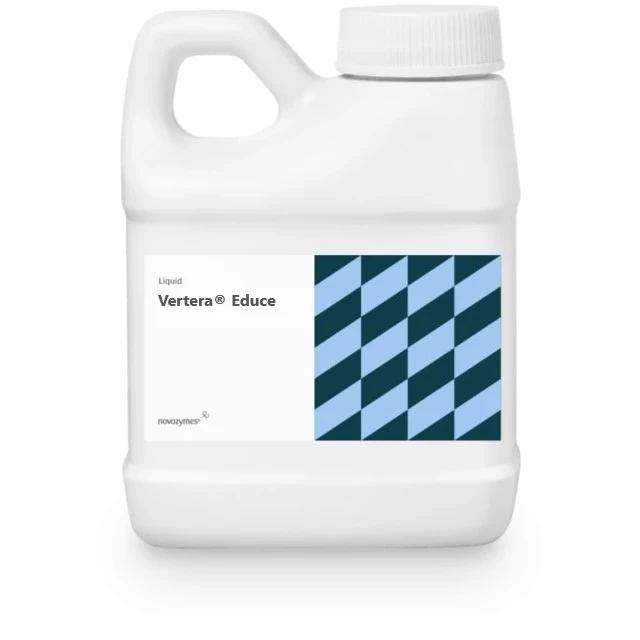The challenges
The non-soy beverages market is booming and oat is one of the fastest-growing segments. But giving consumers everything they want from oat drinks can be a challenge. Turn the challenge into an opportunity with our biosolutions.
Flavor is top priority for almost 75% of consumers when choosing an oat drink1. But they also care about nutrition and ingredients.








